Every Indiana Jones movie, ranked worst to best
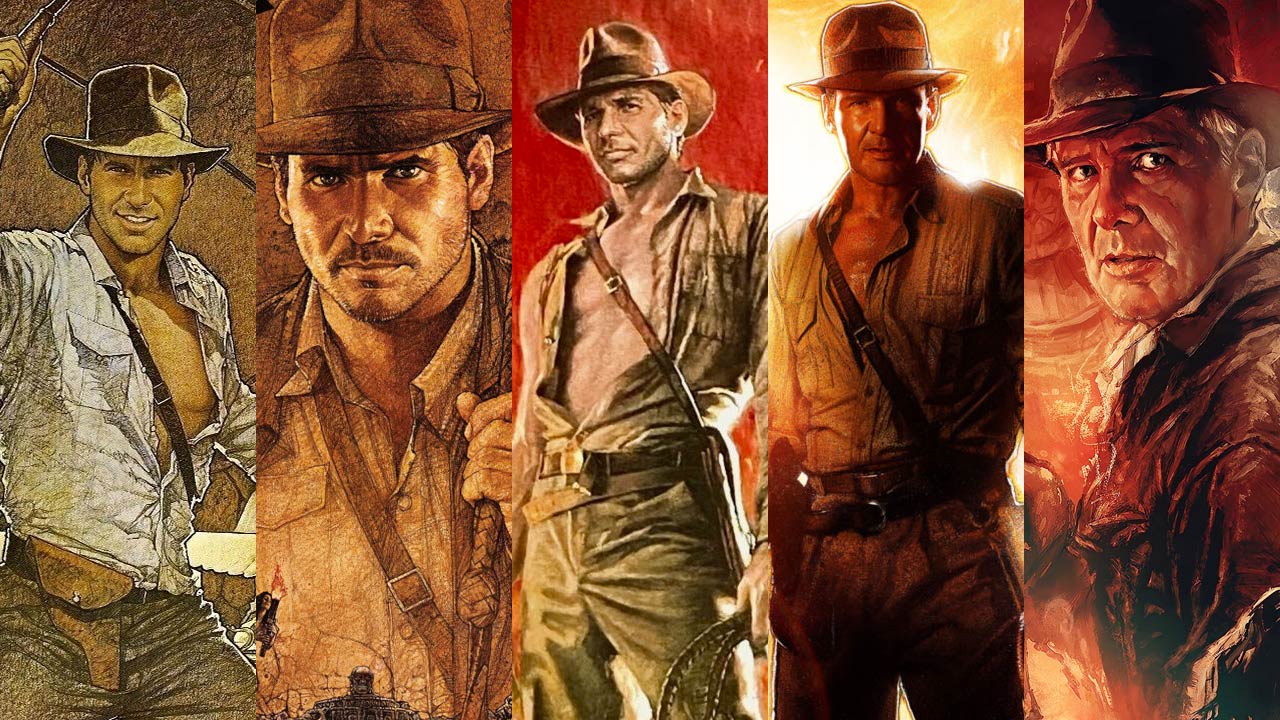
He wears a fedora, travels by map, raids sacred sites and even attempted to create his own catch phrase (“it belongs in a museum!”) He is of course Indiana Jones, the iconic whip-crackin’ archeologist played with rascally charm and good-natured crankiness by Harrison “not as easy as it used to be” Ford.
With the arrival of Indiana Jones and the Dial of Destiny, which we’re told is Indy’s last adventure, the time has come for Luke Buckmaster to rank all five films, from worst to best.
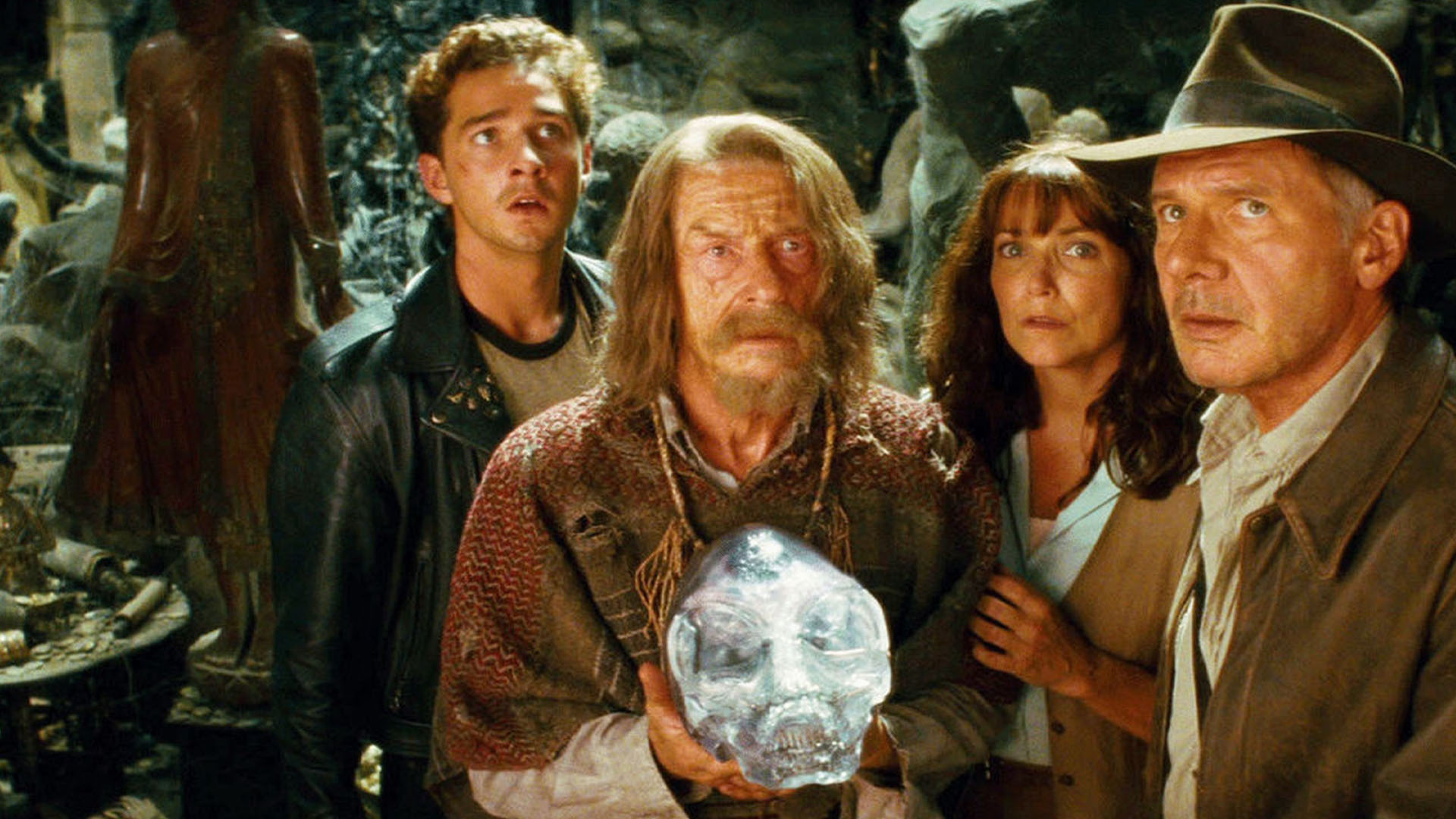
5. Indiana Jones and the Kingdom of the Crystal Skull (2008)
No director can make Cate Blanchett look bad—but Spielberg came close. The great Australian actor plays a cartoonish Russian villain in a belated third sequel that should have felt breezy, fun, and a smidge self-aware, returning a far wrinklier Harrison Ford to the archaeologist throne. Instead it only sounds fun, with Shia LaBeouf swinging around with monkeys and the protagonist famously surviving a nuclear explosion by hiding in a fridge.
Spielberg heavily rests on formula and this adventure feels more cookie cutter than ever. Young, leather-clad, motorbike-riding ruffian Mutt Williams (LaBeouf) arrives on the scene as Indy’s new sidekick and surprise son, triggering a plot about beating the Soviets to find a “crystal skull” in Peru. This should pique our interest, but the joints of the picture are swollen and achy. Spielberg stumbles through big set pieces without the visual wit of the first three films, and, most punishingly, sans his usual excellent pacing. The chemistry between Ford and LaBeouf is lacklustre and a happy-ever-after ending feels like a cop-out.
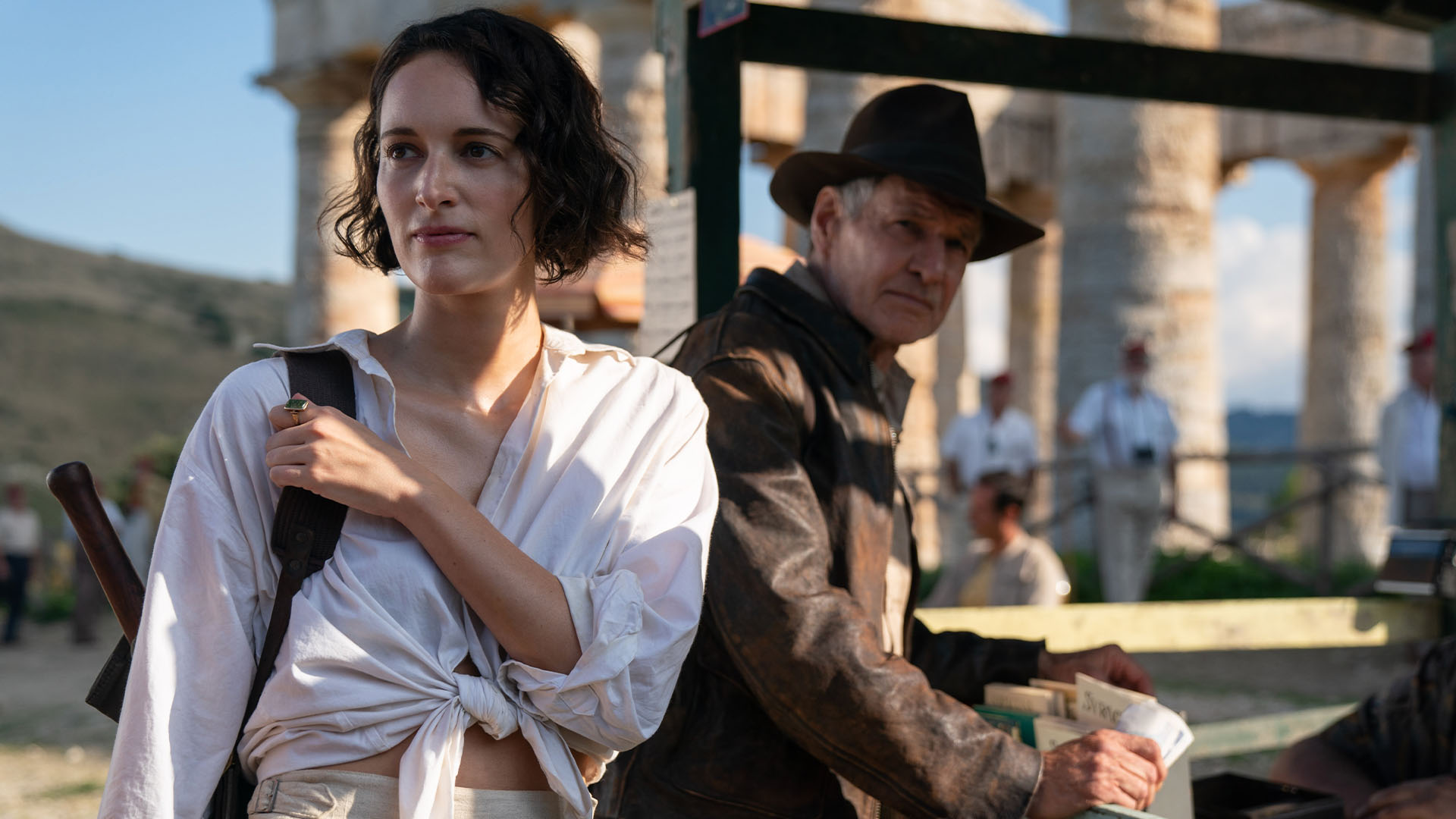
4. Indiana Jones and the Dial of Destiny (2023)
James Mangold, replacing Spielberg in the director’s chair for the hero’s final outing (OR IS IT?!), understands that every Indiana Jones movie needs to open big. Like The Last Crusade, his rousing curtain raiser involves a younger Jones and a train-set chase, made more exciting by an added feature: de-ageing technology that wipes a couple of decades off Ford. When it becomes commonplace, this technology won’t always be exciting, but here adds a sprinkle of “gee whiz” novelty.
Every Indiana Jones movie also involves a core dynamic between the hero and a (usually younger) supporting character. Here this is Jones’ goddaughter, Phoebe Waller-Bridge’s Helena. She’s the film’s instigator, both in broad plot terms (setting in motion a story about finding a time traveling device designed by Archimedes) and individual moments, her actions often determining how a scene starts and ends. Yet this doesn’t undercut the protagonist, who retains agency and gravitas. At 154 minutes Dial of Destiny is a mite flabby, but generally speaking it cruises along at a good speed. An extravagant final act successfully makes one ponder, just for a little bit, exactly how our hero will be farewelled.
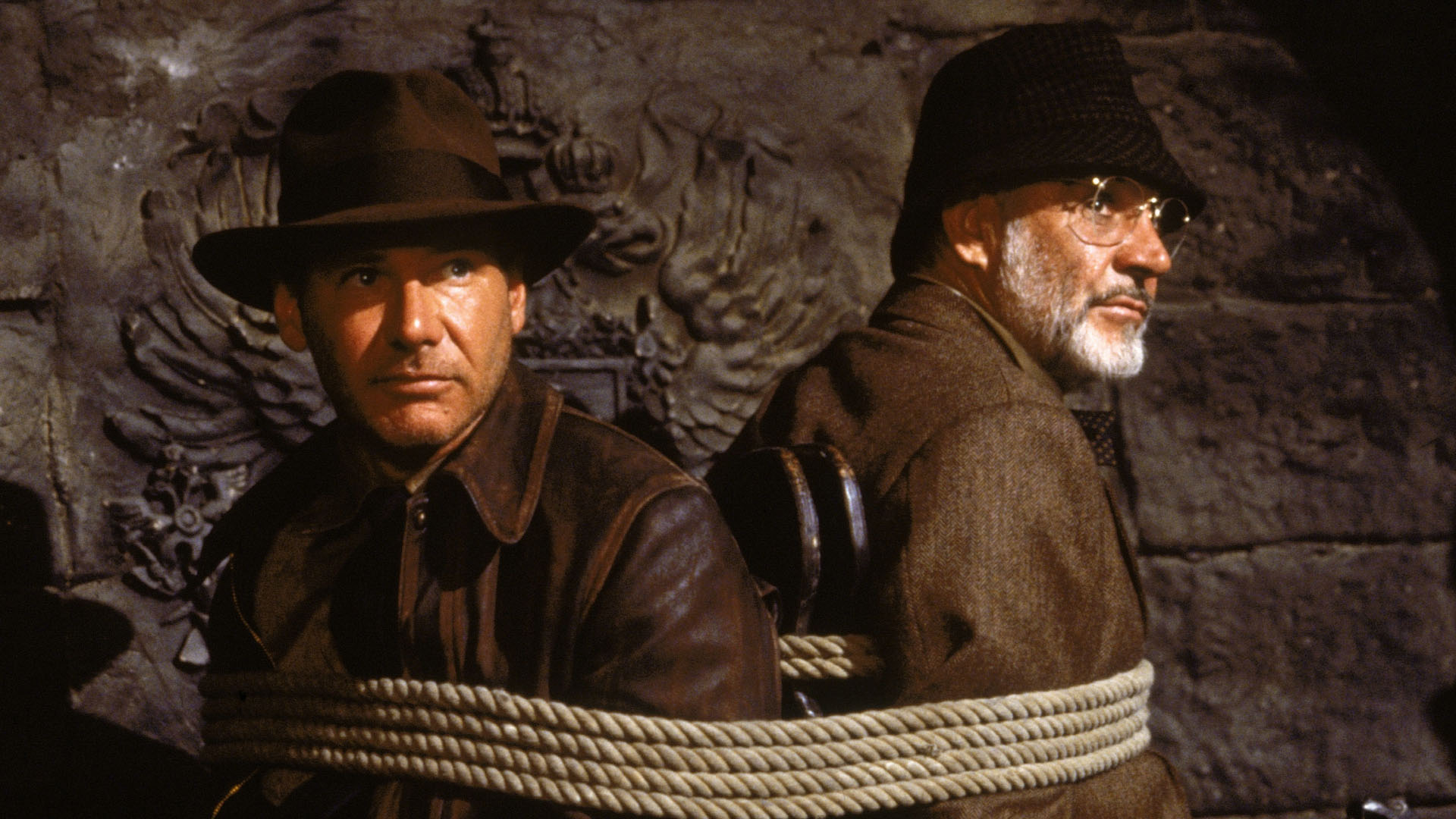
3. Indiana Jones and the Last Crusade (1989)
The third film in the series does the most looking back. First in a lengthy prologue sequence revealing the hero as a teenager (played by River Phoenix) who attempts to rescue a precious artefact from the clutches of bad guys and delivers that famous proclamation: “it belongs in a museum!” Secondly through the addition of Sean Connery as Jones’ old man, sparking a father/son thread about reconciling the past. “What I taught you was self-reliance,” the smug Jones Sr says, but “Junior” isn’t having a bar of it: “What you taught me was that I was less important to you then people who’ve been dead for 500 years.”
The chemistry between Ford and Connery adds a deliciously testy dynamic and intergenerational friction. Here the overlaying narrative is particularly fun, the ol’ looking for the Holy Grail chestnut culminating in a very amusingly boobytrapped (even for this franchise) set piece. There’s also some good gags, including a demonstration of how one moment can be made funny merely by adding two words: “no ticket.”
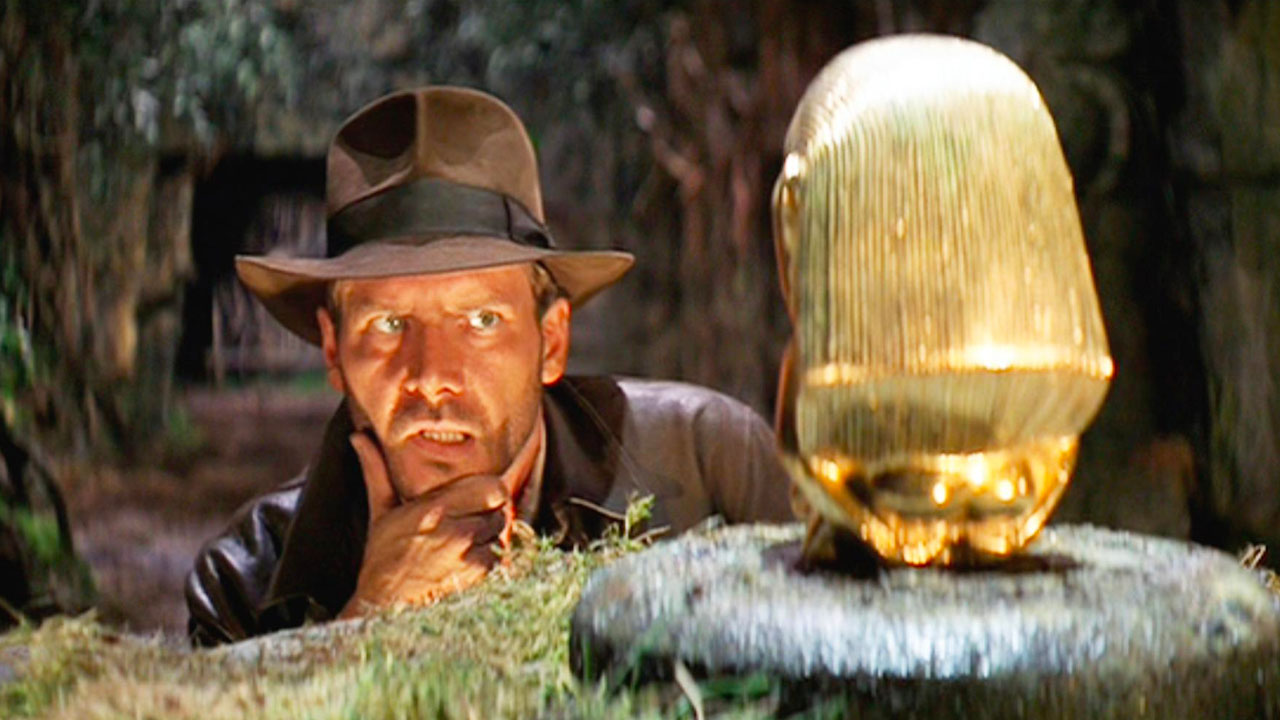
2. Indiana Jones and the Raiders of the Lost Ark (1981)
The original film has one of the most iconic openers in action movie history. Indiana Jones navigates the jungles of South America, circa 1936, making his way through critter-filled passageways into a booby-trapped temple to recover a precious golden artefact. He escapes by the skin of his teeth, sliding through a rapidly closing door before evading the path of a huge rolling boulder. Bum bum bum bum, bum bah bah! When we’re introduced to Jones’ university life, teaching in a classroom, Spielberg is saying: here’s the ultimate hero—brave, handsome, smart.
Raiders of the Lost Ark rolls out the best female character in the series: Karen Allen’s Marion Ravenwood, who we meet as she’s slaying a much larger woman at a drinking competition in a Nepalese dive bar. Ford and Allen have great to-and-fro. The former can’t elevate herself to the status of the hero but does the next best thing, bringing enough pluckiness and grit to make her more or less an equal. There’s lots of Nazis in a story that peaks and troughs in well calibrated ways—though there’s some bits in the middle I’ve always found a tad uninvigorating.
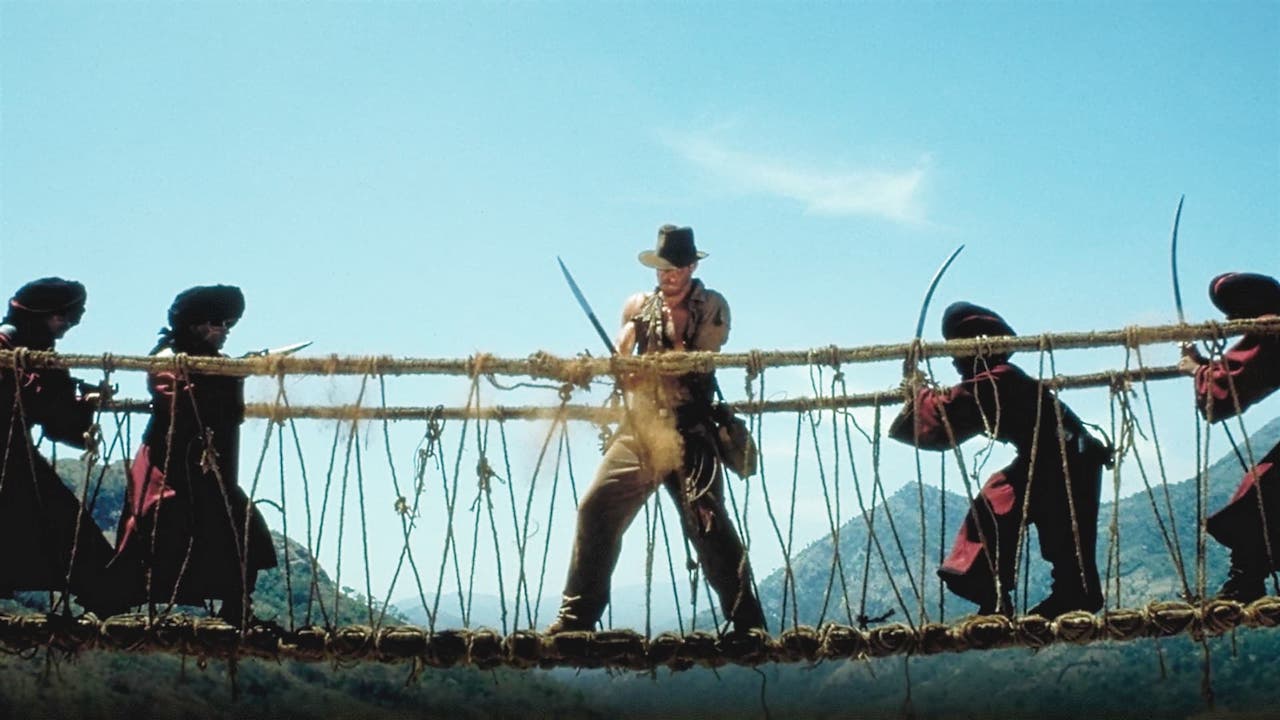
1. Indiana Jones and the Temple of Doom (1984)
Raiders has the most iconic opener of the series; Temple of Doom has the greatest. I’ll never tire of this film and its perfectly paced prologue, which begins with a Busby Berkeley-inspired rendition of Anything Goes in a Shanghai restaurant and culminates—a whopping 20 minutes later—with Jones and his companions exiting a crashing plane on an inflatable raft (naturally) then floating down a river into a small Indian village. That’s one hell of an action scene. Then the script imparts the usual, premise-establishing hokum, this time involving a request for the hero to retrieve a precious stone from a nearby palace.
Jones and his amusingly precious, fish-out-of-water love interest—Kate Capshaw’s Willie Scott—arrive at the palace about 40 minutes in, along with Indy’s greatest ever sidekick: Ke Huy Quan’s charming little dude Short Round. After dining on some monkey brains, Spielberg goes about extending this space into additional areas and set pieces, most prominently the titular temple—where standard worshipping practices include ripping the heart out of live humans (“kali ma!”). This is a rolled gold classic, and Spielberg action at its finest.





















